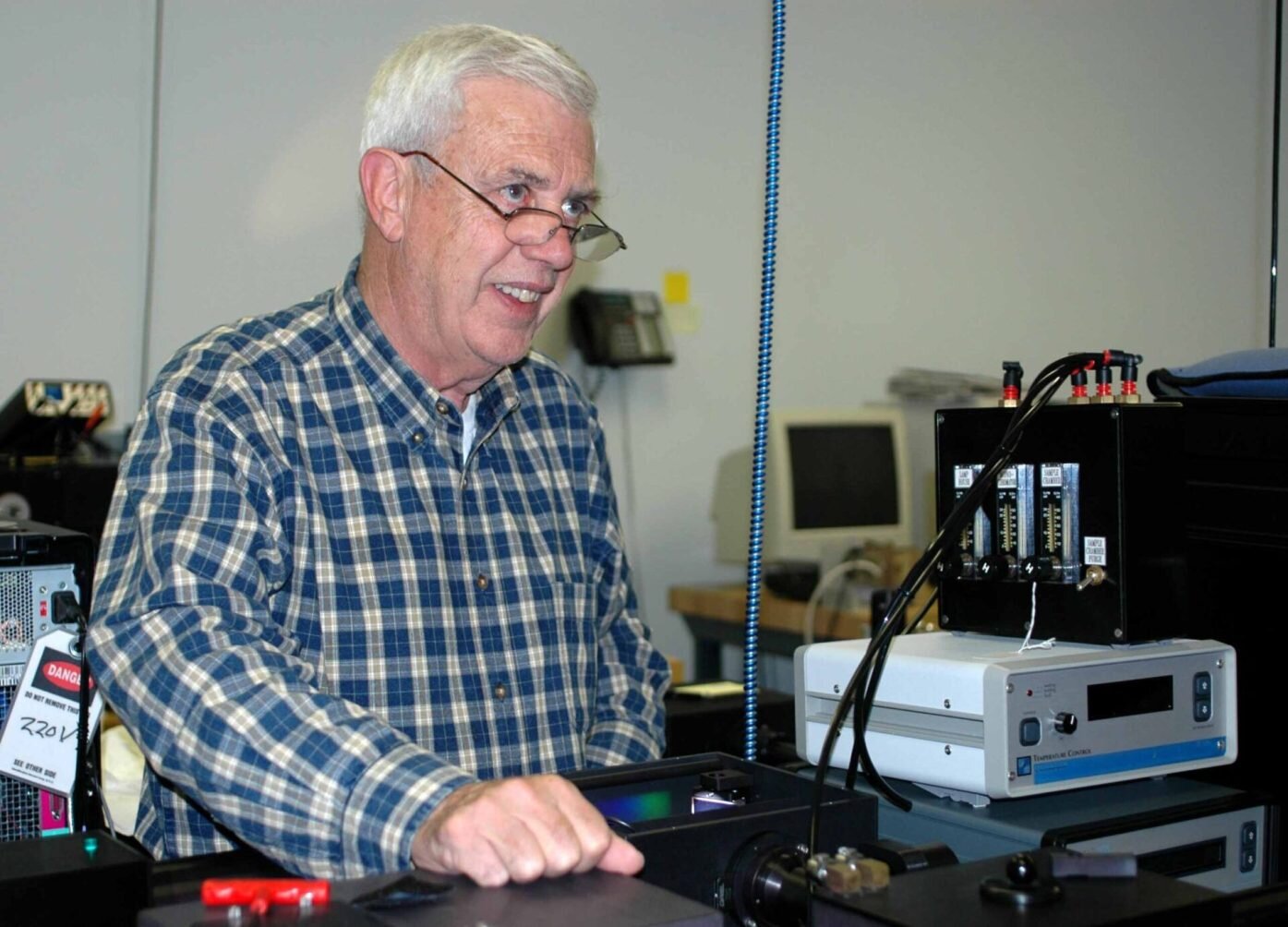All About Circularly Polarized Luminescence
All About Circularly Polarized Luminescence
Blog Article
The 10-Minute Rule for Uv/vis
Table of ContentsThe 15-Second Trick For Uv/vis/nirThe 4-Minute Rule for Circular DichroismThe smart Trick of Circular Dichroism That Nobody is Talking AboutThe 6-Second Trick For Circularly Polarized LuminescenceWhat Does Circular Dichroism Mean?

Although spectrophotometry is most frequently applied to ultraviolet, visible, and infrared radiation, modern-day spectrophotometers can question broad swaths of the electromagnetic spectrum, including x-ray, ultraviolet, visible, infrared, and/or microwave wavelengths. Spectrophotometry is a tool that hinges on the quantitative analysis of molecules depending on how much light is absorbed by colored substances.
Not known Factual Statements About Spectrophotometers
A spectrophotometer is typically utilized for the measurement of transmittance or reflectance of services, transparent or opaque solids, such as refined glass, or gases. Many biochemicals are colored, as in, they soak up visible light and therefore can be measured by colorimetric treatments, even colorless biochemicals can typically be transformed to colored compounds suitable for chromogenic color-forming responses to yield compounds suitable for colorimetric analysis.: 65 Nevertheless, they can likewise be created to measure the diffusivity on any of the listed light ranges that usually cover around 2002500 nm utilizing various controls and calibrations.
An example of an experiment in which spectrophotometry is utilized is the decision of the stability constant of a solution. A certain chain reaction within a solution might take place in a forward and reverse instructions, where reactants form products and items break down into reactants. At some time, this chemical response will reach a point of balance called a balance point.
The smart Trick of Uv/vis/nir That Nobody is Discussing
The amount of light that passes through the option is indicative of the concentration of certain chemicals that do not enable light to go through. The absorption of light is because of the interaction of light with the electronic and vibrational modes of molecules. Each type of molecule has a specific set of energy levels associated with the makeup of its chemical bonds and nuclei and thus will soak up light of specific wavelengths, or energies, leading to distinct spectral residential or commercial properties.
Using spectrophotometers covers numerous scientific fields, such as physics, materials science, chemistry, biochemistry. UV/Vis/NIR, chemical engineering, and molecular biology. They are commonly utilized in numerous markets consisting of semiconductors, laser and optical manufacturing, printing and forensic examination, as well as in laboratories for the research study of chemical substances. Spectrophotometry is frequently utilized in measurements of enzyme activities, decisions of protein concentrations, decisions of enzymatic kinetic constants, and measurements of ligand binding reactions.: 65 Ultimately, a spectrophotometer has the ability to determine, depending upon the control or calibration, what compounds exist in a target and precisely just how much through estimations of observed wavelengths.
This would come as a service to the formerly developed spectrophotometers which were not able to soak up the ultraviolet properly.
Unknown Facts About Spectrophotometers
It would be discovered that this did not provide satisfying outcomes, for that reason in Design B, there was a shift from a glass to a quartz prism which permitted much better absorbance outcomes - UV/Vis (https://www.figma.com/file/eT4jdyebIeUQ23ozOL89IX/Untitled?type=design&node-id=0%3A1&mode=design&t=vN0gsYYCmHohU5HF-1). From there, Model C was born with a change to the wavelength resolution which wound up having three systems of it produced
It irradiates the sample with polychromatic light which the sample soaks up depending on its properties. Then it is sent back by grating the photodiode selection which detects the wavelength region of the spectrum. Given that then, the production and application of spectrophotometry devices has actually increased profoundly and has turned into one of the most ingenious instruments of our time.

All about Circularly Polarized Luminescence
The grating can either be movable or fixed.
In such systems, the grating is fixed and the intensity of each wavelength of light is measured by a various detector in the array. When making transmission measurements, the spectrophotometer quantitatively compares the fraction of light that passes through a recommendation option and a test option, then digitally compares the strengths of the 2 signals and calculates the portion of transmission of the sample compared to the referral requirement.

Report this page